National Invasive Carp Management and Control Plan
The National Invasive Carp Management and Control Plan was developed by a U.S. Fish and Wildlife Service led multi-agency Invasive Carp Working Group and was approved for implementation by the national Aquatic Nuisance Species Task Force in 2007. The National Plan includes 7 complementary goals to manage and control invasive carps in United States waters, and 48 strategies and 131 recommendations to achieve those goals. The National Plan serves as the baseline for the development and implementation of regional step-down plans such as sub-basin Invasive Carp Control Strategy Frameworks.
Management and Control Plan for Bighead, Black, Grass, and Silver Carps in the United States
Mississippi River Basin Invasive Carp Control Strategy Frameworks
Interjurisdictional fishery management issues in the Mississippi River Basin, including invasive carp management and control, are cooperatively addressed by multi-state compacts and partnerships within six Mississippi River sub-basins that all coordinate on a basinwide scale through MICRA. These partnerships have developed four sub-basin Invasive Carp Control Strategy Frameworks for regional implementation of the National Invasive Carp Management and Control Plan throughout the basin.
Lower Mississippi River Basin Invasive Carp Control Strategy Framework (includes the Arkansas-Red-White Rivers Sub-basin)
Missouri River Basin Invasive Carp Control Strategy Framework
Ohio River Basin Invasive Carp Control Strategy Framework (includes the Tennessee-Cumberland Rivers Sub-basin)
Upper Mississippi River Basin Invasive Carp Control Strategy Framework
Mississippi River Basin Monitoring and Response Plans for Invasive Carp
Since 2015, the U.S. Fish and Wildlife Service (USFWS) has provided financial assistance to states to implement their high priority projects in support of the sub-basin Invasive Carp Control Strategy Frameworks and the National Invasive Carp Management and Control Plan. Each year, the work plans for all projects in the six Mississippi River sub-basins that received USFWS funding support are compiled by MICRA into an annual Monitoring and Response Plan. The Monitoring and Response Plan is available in approximately July each year; however, most projects are not implemented until the following year.
| 2024 | 2023 | 2022 | 2021 | 2020 | ||
| 2019 | 2018 | 2017 | 2016 | 2015 |
Mississippi River Basin Annual Summary Reports
At the end of each calendar year, the cooperating agencies prepare reports to summarize the progress and results of each U.S. Fish and Wildlife Service funded project described in the previous year’s Monitoring and Response Plan. The Annual Summary Reports for projects implemented the previous calendar year are available in approximately April. The Annual Summary Reports can be accessed by selecting the desired sub-basin below.
Arkansas-Red-White Rivers Sub-Basin
Lower Mississippi River Sub-Basin
Tennessee and Cumberland Rivers Sub-Basin
Upper Mississippi River Sub-Basin
USFWS Annual Reports to Congress
Since 2014, the U.S. Fish and Wildlife Service has worked with Federal and State partner agencies to prepare a Report to Congress focused on invasive carp management efforts in the Upper Mississippi River and Ohio River basins, as required by the Water Resources and Reform Act of 2014. These reports include: 1) observed changes in the range of invasive carp, 2) a summary of Federal agency efforts and cooperative efforts with non-Federal partners, 3) priority research needs, 4) quantitative measures to document progress, and 5) a cross-cut accounting of Federal and non-Federal expenditures. With the passage of the Water Resources Development Act of 2020, the Report to Congress was changed to a two-year report cycle and expanded to include all six sub-basins of the Mississippi River.
| 2020 (under review) | 2018 | 2017 | 2016 | |||
| 2014
|
Great Lakes Related Reports
A multi-agency Invasive Carp Rapid Response Workgroup first came together in late 2009 to implement a rapid response plan in light of a positive invasive carp eDNA result within the Chicago Area Waterway System. Building off these initial response efforts, the Invasive Carp Regional Coordinating Committee (ICRCC) was formally established in 2010 and today represents a collaboration of 28 United States and Canadian federal, state, provincial, tribal, and municipal agencies working collectively to combat the spread of invasive carp into the Great Lakes. The ICRCC provides oversight and coordination of interagency surveillance and prevention activities through development and implementation of an annual Invasive Carp Action Plan and a complementary Monitoring and Response Plan. To see these plans and up-to-date information on ongoing efforts to prevent invasive carp from becoming established in the Great Lakes, visit www.invasivecarp.us
USFWS Southeast Region Invasive Carp Information
Visit https://www.fws.gov/story/invasive-carp-southeastern-waters

